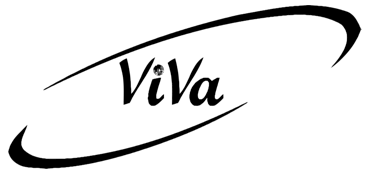Precision Machining Services
At Viva, one of the most important manufacturing processes for accuracy is precision machining. With the use of cutting tools, precision machining removes material from a workpiece to produce items with precise tolerances and clean finishes. It is crucial for sectors including semiconductor equipment production, aircraft, defense, and medical devices that demand great accuracy and reproducibility.
CNC Milling
Among the various methods of precision machining, this one is arguably the most popular. In this case, the workpiece’s superfluous material is removed using rotary cutters. A variety of mill types, including chamfer mills, end mills, helical mills, hand mills, plain mills, and universal mills, may fall under this category. Mills can approach the workpiece in a vertical or horizontal configuration.
CNC Lathe
The material or workpiece is kept in place on the machine by a CNC lathe, also known as a tuning center. It is rotated on many axes while placed on a primary spindle. CNC lathes can manufacture more complex components because they use several axes, ranging from two to six or more.
CNC Drill
A CNC drill is needed to make exact, cylindrical holes in workpieces. In order to keep precise and well-groomed drill holes, surplus material from the drilling process needs to be effectively extracted.
CNC Grinder
A CNC grinder is typically used to smooth up the rough surfaces of manufactured objects following the milling or lathe procedures.
CNC Laser Beam Machining (LBM)
LBM is a thermal material removal technique that heats the material to a melting point by using high-energy laser beams. This process leaves a cut behind. The laser beam’s great degree of accuracy makes it suitable for drilling, welding, and cutting.
CNC Electrical Discharge Machines (EDM)
This popular machining technique removes undesirable elements from the workpiece by use of heat energy. Between an electrode and the workpiece, a sequence of discrete electrical sparks are produced. Only electrically conductive materials like copper, brass, stainless steel, aluminum, or steel can be used with this method.

